Description of the cabbage variety Nadezhda, features of cultivation and care
Although today's gardeners cannot be surprised by different types of cabbage: Brussels sprouts, kohlrabi, Savoy, Peking, red cabbage, but the most popular and in demand is white cabbage. Nadezhda cabbage is one of the white-headed varieties cultivated in our country. It was bred in 1969 by Siberian breeders by crossing two hybrids "Dense Cabbage" and "Glory to Enkgoisen".
Description of Hope
The basic principles of breeding are to create a variety that could be used in the northern territories of Russia (Ural, Far East, Siberia). Thanks to its taste, the areola of the spread of culture has expanded significantly, and now Nadezhda is planted in almost all regions of the CIS.
Characteristics of the variety:
- The ripening period for this cabbage is average (110–130 days).
- It takes about 80–95 days from planting seedlings in the ground to harvesting.
- The description of the drought and cold tolerant variety also indicates its high resistance to diseases.
- The heads of cabbage of this variety are flat-round with a dark green color and have high taste. They have a dense, but small stump.
- The weight of one head reaches 3–3.5 kg.
It is used both raw and fermented. Depending on the used agro-technological conditions, the characteristics of the climate and the composition of the soil, the quantitative indicators of the nutrients and vitamins contained in it change.
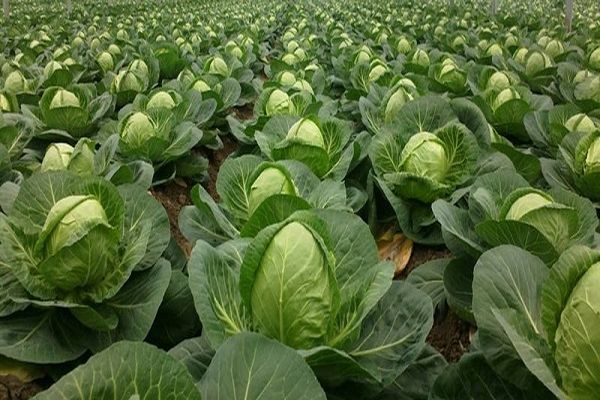
Growing
Cabbage loves a lot of light, so well-lit beds are selected for planting it. Under these conditions, the plant grows faster. When shaded, the lower leaves stop growing, begin to turn yellow and gradually die off, and the head of cabbage is not tied.
In insufficient light, the heads can accumulate nitrates in themselves.
For normal growth, cabbage is enough 15-20 degrees. Temperatures above 25 degrees negatively affect its development. An excess of moisture to a plant is no less harmful than a lack. In this case, rotting of the root system occurs and a dangerous disease can occur - bacteriosis.
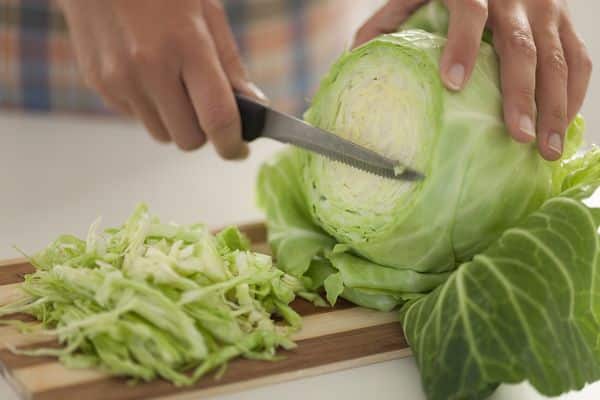
For the future planting of cabbage, areas are selected where tomatoes, onions or cucumbers were previously grown. It is not recommended to plant it in the same place earlier than after 3-4 years. To scare away cabbage flies, it is advised to plant thyme, sage, anise or celery nearby.
Soil preparation
For normal development, cabbage requires a sufficient amount of nitrogen and potassium fertilizers. Humus is scattered on the beds in the fall, but too much dose can badly affect it. It is optimal if mineral and organic fertilizers are combined. The acidity of the soil should be around 6.6-7.4 pH.
Seedless way
In this case, in the last days of April, small holes are made on the prepared beds. The distance between plants in a row is from 50 to 70 cm, and the row spacing is 75–80 cm. 2-3 seeds are placed in each hole, and covered with glass or film on top.
After seed germination, the strongest and most viable shoot is selected, and the rest are removed. 3-4 hilling operations are carried out per season. This not only helps to retain moisture, but also ensures the reliable support of a large fruit.
Seedling method
As a soil for planting seeds for seedlings, a mixture of equal parts of sand, peat and sod land is taken. Previously, such a soil is treated with a solution of potassium permanganate.
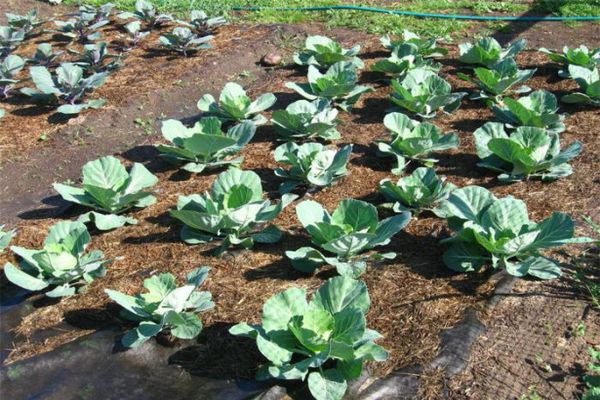
Seed preparation also consists in dressing them with a weak manganese solution. For this, the seeds are placed in liquid for 20-30 minutes, and then washed with cold water. After that, they are treated with preparations designed to enhance seed growth (Agat-25, Albit, Zircon). These products also help to increase the plant's resistance to diseases and pests.
Sowing seeds of mid-season varieties, including cabbage "Nadezhda" for seedlings, is carried out from 10 to 20 March.
Seeds are sown in grooves with a depth of 0.5-1 cm. The air temperature in the room should be within 20-25 degrees, and after the emergence of shoots it is reduced.
Seedlings are dived at the age of 2 weeks. After rooting, the temperature is lowered to 17 degrees.
Seedlings are fed twice:
- in the period when 2-3 true leaves appear;
- 4 days before planting in the ground.
Urea (15 g), potassium chloride (30 g) and superphosphate (30 g) are used as top dressing. They are dissolved in 10 liters of water. After the appearance of 6 leaves on the plant, they are sprayed with the finished preparation "Silk". Approximately 1 week before planting in the ground, the seedlings are hardened: they increase the ventilation of the room, reduce the air temperature, and reduce watering.
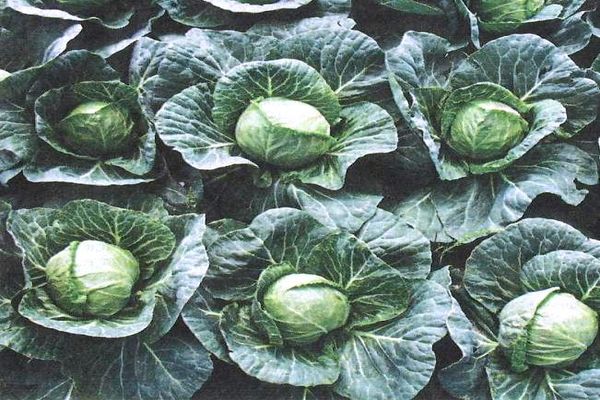
Seedlings ready for planting should have 4–5 developed leaves, their height should be 18–20 cm. This is about 35–45 days after planting the seeds. Planting of Nadezhda cabbage in the open ground has been carried out since the end of April, but this period may be shifted depending on weather conditions.
Care
During the rooting period of seedlings, watering is carried out daily. On hot days, some gardeners cover the beds with newspapers. This prevents the evaporation of moisture from the soil.
Subsequently, the cabbage is watered about once a week. For 1 plant, 1 liter of water is enough, and as it grows, this volume is increased to 3-4 liters. On overdried soil, heads of cabbage crack. Watering is stopped until about 3-4 weeks before harvest.

Loosening the soil
The soil around the plants is loosened 2 weeks after planting in the ground. The next treatment is carried out after another week. Simultaneously with loosening, hilling is carried out. The best time for loosening and hilling is the next day after rain or watering.
Harvesting and storage
Up to 10-14 kg can be collected from one square meter. Cabbage variety Nadezhda can keep a good presentation for a long time. However, the harvested heads of cabbage can gradually lose moisture, which reduces their taste. To prevent this from happening, some gardeners pull up the cabbage along with the root and drop it into a box of wet sand.
In this way, its presentation is extended. With proper organization of storage conditions for this variety, cabbage can last 5 months.
Advantages and disadvantages
The positive characteristics of Nadezhda cabbage consists of the following factors: high yield, transportability, good presentation, resistance to head cracking, suitable for fermentation, has good taste, disease resistance, has a wide distribution area.
This variety has very few drawbacks - it is possible to be affected by bacteriosis and keel.
Diseases and pests
Caterpillar is often considered the main hazard in cabbage growing. A net stretched over the beds helps protect the crop from this cabbage pest. In addition, the following drugs are effective: Fitoverm, Iskra.
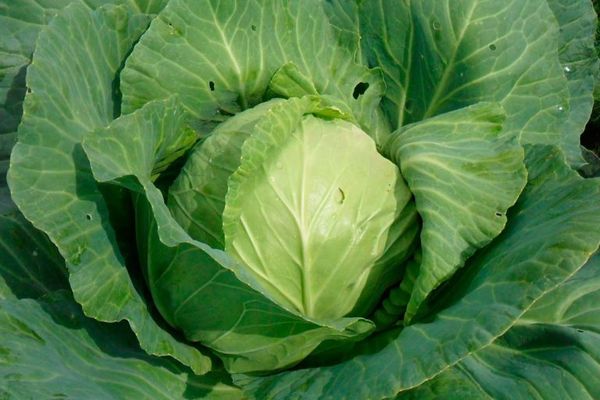
The caterpillars can also be removed by hand and washed off with cold water. And as a preventive measure against diseases and pests, the soil in the beds is dusted with ash or dolomite flour.
Keel disease begins with damage to the root system. The resulting growths on the roots do not allow the plant to eat normally. In this case, the ovary is not formed.
To prevent the disease from spreading throughout the entire site, diseased plants should be identified in a timely manner and removed. And sprinkle with lime the place where it grew.
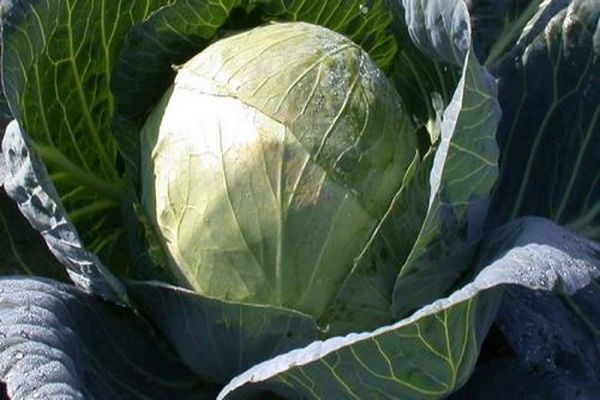
Another disease that can affect Nadezhda cabbage is bacteriosis. Its danger is that the disease can develop at all stages of cultivation, and even during storage of the crop.
This problem can be dealt with by adhering to preventive measures (deep digging of the soil, the use of high-quality and disinfected seeds, culling of weak plants at the stage of growing seedlings, treatment with medicinal preparations, feeding with potash fertilizers).
Reviews
Anastasia Dmitrievna, Buryatia: “I have been planting Nadezhda cabbage for several years in a row. I really like her resistance to diseases. We collect the heads of cabbage tight and strong. Some specimens tighten up to 7 kg. It is delicious salted. The collected 40 heads are enough for the winter for my big family. "

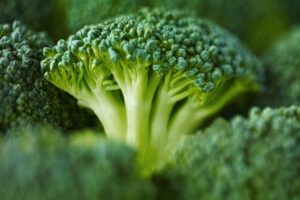

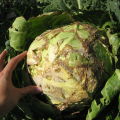

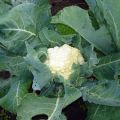


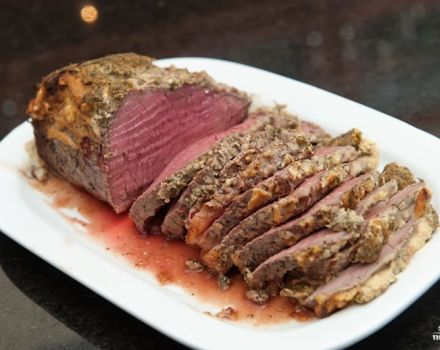

This variety is chosen by quite a few farmers. Cabbage grows large, juicy and sweet. In addition, it is resistant to many diseases. For better seedling growth, be sure to add "BioGrow».